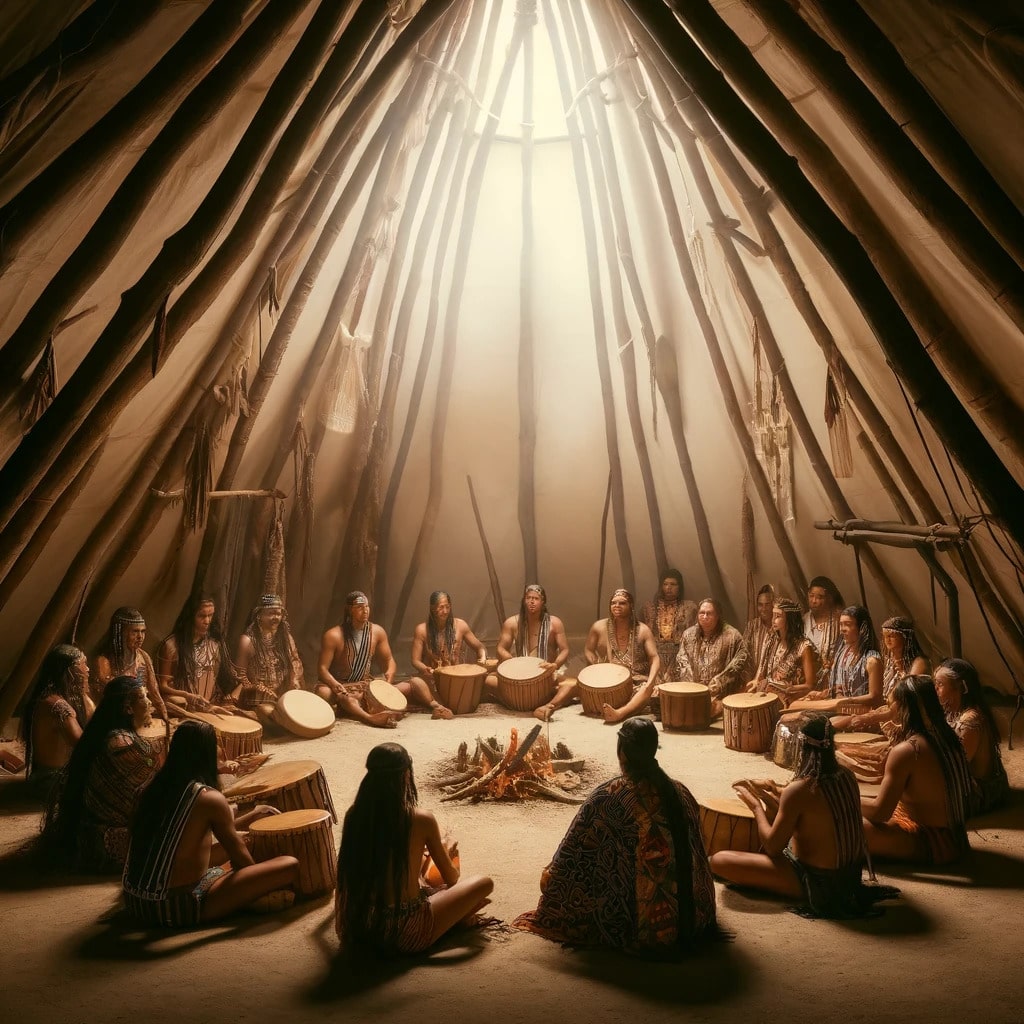The Basic Drumming History
Drumming has been a centerpiece of many cultures across the globe, dating back to ancient times. Native American cultures have a longstanding tradition of using drums in their spiritual rituals and healing practices. African tribes also have a rich history of drumming, using the rhythms to communicate with one another and enter altered states of consciousness. The drumming tradition holds significant importance in South Asian nations like India and Nepal, where it is used in classical and religious music.
Not just limited to spirituality and cultural exchanges, drumming has a genuine place in human evolution. Studies have indicated that humans have been drumming as early as 50,000 years ago, where they have been using drums and percussion-like instruments for rituals. It has been theorized that drumming has been used in ceremonies to help bring people together and to connect them with the natural rhythms of the Earth.
La percusión, el tambor, ha sido una pieza central de muchas culturas en todo el mundo, desde la antigüedad. Las culturas nativas americanas tienen una larga tradición de utilizar tambores en sus rituales espirituales y prácticas curativas. Las tribus africanas también tienen una rica historia de tocar los tambores, utilizando los ritmos para comunicarse entre sí y entrar en estados alterados de conciencia. La tradición de tocar los tambores tiene una importancia significativa en naciones del sur de Asia como India y Nepal, donde se utiliza en la música clásica y religiosa.
No sólo se limita a la espiritualidad y los intercambios culturales, la percusión tiene un lugar genuino en la evolución humana. Los estudios han indicado que los humanos tocaban tambores desde hace 50.000 años, y utilizaban tambores e instrumentos similares a percusión para rituales. Se ha teorizado que los tambores se han utilizado en ceremonias para ayudar a unir a las personas y conectarlas con los ritmos naturales de la Tierra.

